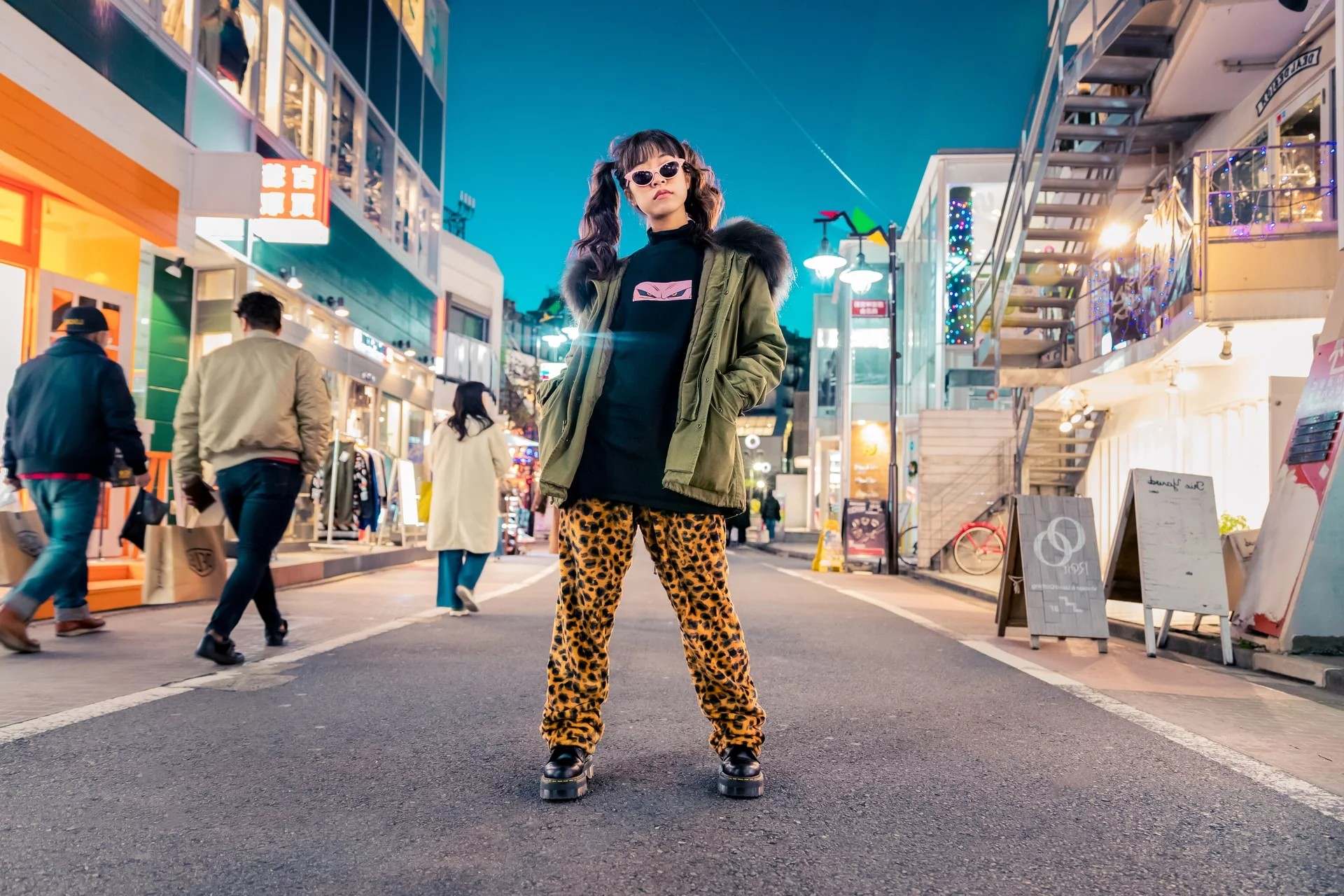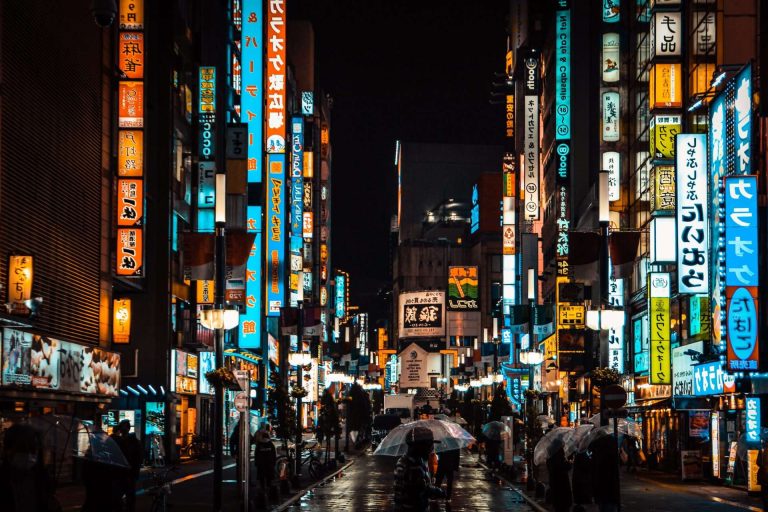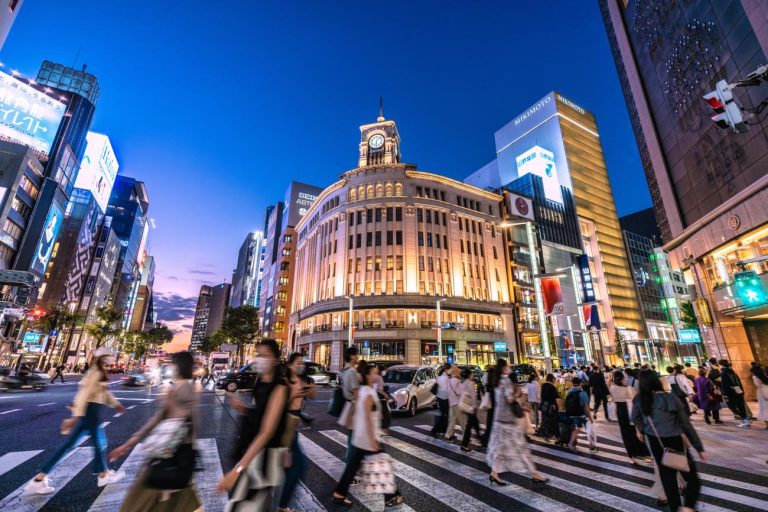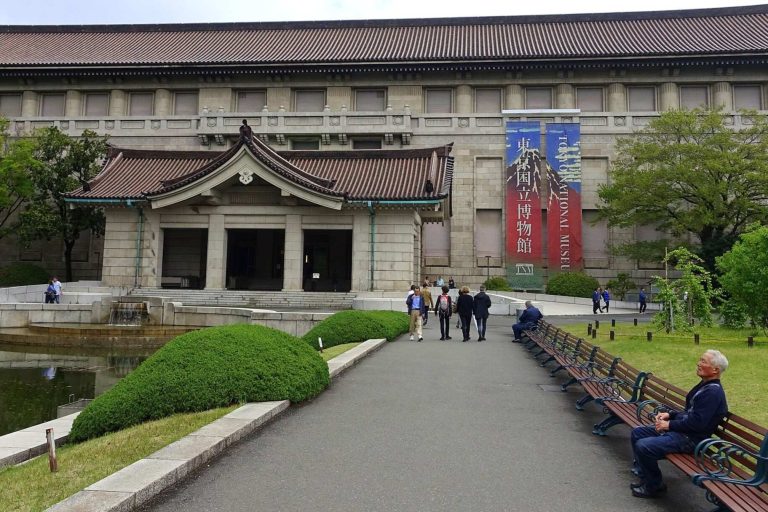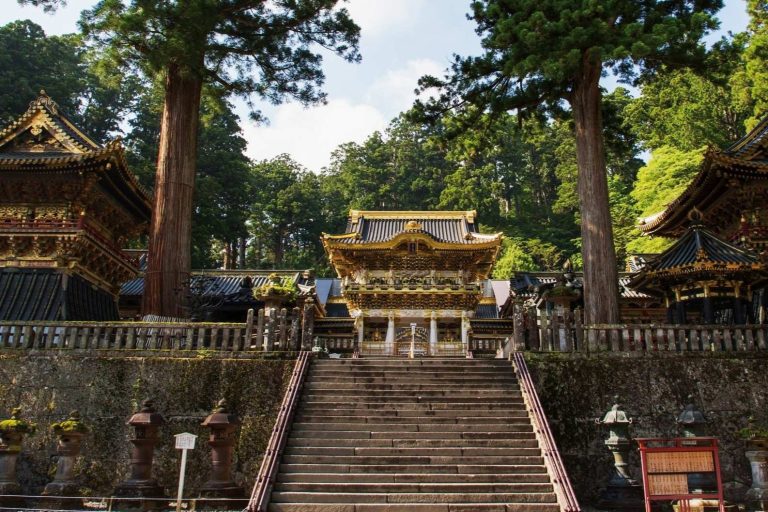Overview of Harajuku Fashion
Harajuku fashion represents one of the most distinctive and influential street style movements to emerge from Japan. Born in Tokyo’s bustling Shibuya district during the 1970s, this colorful and expressive aesthetic has transformed from a local youth phenomenon into a globally recognized cultural force. The fashion movement gained significant international attention throughout the 1980s, establishing itself as a symbol of creative freedom and individual expression.
What sets Harajuku fashion apart is its fearless approach to color, pattern, and form. Unlike conventional fashion trends that follow seasonal cycles or designer dictates, Harajuku style celebrates personal creativity above all else. Participants mix and match elements from various sources, creating looks that range from adorably sweet to dramatically gothic, often incorporating handmade accessories, bold makeup, and unconventional styling techniques.
Origins of Harajuku Fashion
The roots of Harajuku fashion trace back to Japan’s post-war period when American cultural influences began blending with traditional Japanese aesthetics. Young people gathered around Harajuku Station, particularly on weekends, to showcase their unique interpretations of Western fashion mixed with Japanese sensibilities. This organic street culture grew from a desire to break free from Japan’s traditionally conservative dress codes and express individuality in public spaces.
Key Influences on Style
Harajuku fashion draws inspiration from multiple sources, including Western punk and gothic subcultures, Japanese pop culture, anime and manga aesthetics, and traditional Japanese clothing elements. Music played a crucial role, with Visual Kei bands influencing dramatic makeup and theatrical styling. The movement also embraces kawaii culture, celebrating cuteness as a form of rebellion against adult expectations and societal norms.
Evolution Through the Decades
The 1980s marked Harajuku’s international breakthrough, while the 1990s saw the emergence of distinct substyles. The 2000s brought global media attention, particularly through the magazine FRUiTS, which documented street fashion and helped spread Harajuku aesthetics worldwide. Each decade has contributed new elements while maintaining the core philosophy of creative self-expression and individual freedom.
Diverse Substyles
Harajuku encompasses numerous distinct fashion categories, each with its own aesthetic rules and cultural significance. These substyles often overlap and influence each other, creating an ever-evolving landscape of creative expression. From the ultra-feminine Lolita style to the colorful chaos of Decora, each substyle offers participants a different way to communicate their personality and interests through clothing.
International Recognition
Global fashion designers and brands have drawn inspiration from Harajuku aesthetics, incorporating elements like bold colors, playful accessories, and unconventional silhouettes into mainstream collections. This international recognition has helped establish Harajuku as a significant cultural export, influencing street fashion movements in cities worldwide while maintaining its unique Japanese character.
Cultural Significance of Harajuku
Harajuku fashion extends far beyond clothing choices, representing a fundamental shift in how young people approach self-expression and social interaction. The movement challenges traditional Japanese concepts of conformity and social harmony, creating spaces where individuality and creativity are celebrated rather than suppressed. This cultural significance has resonated globally, inspiring similar movements in other countries and contributing to broader conversations about youth culture, identity, and creative freedom.
The district itself has become a pilgrimage site for fashion enthusiasts, artists, and cultural observers from around the world. Visitors come not just to shop but to witness and participate in this ongoing cultural experiment. The area’s influence extends into music, art, photography, and digital media, making it a multifaceted cultural phenomenon rather than simply a fashion trend.
Impact on Global Fashion Trends
Harajuku’s influence on international fashion cannot be overstated. Major fashion weeks now regularly feature collections inspired by Japanese street style, while fast fashion retailers incorporate Harajuku elements into mass-market clothing. The movement’s emphasis on mixing high and low fashion, combining vintage pieces with contemporary items, has become a standard approach in modern styling.
Role of Individualism and Self-Expression
At its core, Harajuku fashion champions the right to personal expression through appearance. This philosophy has inspired individuals worldwide to experiment with their style, challenging conventional beauty standards and social expectations. The movement demonstrates how fashion can serve as a form of personal empowerment and cultural resistance, particularly for young people seeking to establish their identity.
Cultural Appropriation Issues
The global popularity of Harajuku fashion has raised important questions about cultural appropriation and respectful appreciation. While many international interpretations celebrate and honor the original movement, others have been criticized for superficial adoption without understanding the cultural context. These discussions have contributed to broader awareness about cultural sensitivity in fashion and media representation.
Influence of Media and Pop Culture
Media coverage has played a crucial role in spreading Harajuku culture globally. From fashion magazines to social media platforms, visual documentation has helped international audiences understand and appreciate the movement’s complexity. Pop culture references, including music videos and celebrity endorsements, have further amplified Harajuku’s global reach while sometimes simplifying its cultural nuances.
Key Styles in Harajuku Fashion
The diversity of Harajuku fashion manifests through numerous distinct substyles, each offering unique aesthetic approaches and cultural meanings. These styles often intersect and influence each other, creating a dynamic fashion ecosystem where creativity and personal interpretation take precedence over rigid rules. Understanding these key styles provides insight into the movement’s complexity and enduring appeal.
Each substyle attracts different personalities and serves various expressive needs. Some participants remain loyal to one particular aesthetic, while others mix elements from multiple styles or transition between different looks depending on their mood or evolving interests. This flexibility reflects Harajuku fashion’s fundamental commitment to individual choice and creative freedom.
Kawaii Style
Kawaii fashion embraces cuteness as its primary aesthetic principle, featuring pastel colors, childlike accessories, and playful motifs. Participants often incorporate stuffed animals, cartoon characters, and sweet-themed jewelry into their outfits. This style challenges traditional notions of age-appropriate dressing, allowing adults to express their playful side through fashion choices that prioritize joy and whimsy over conventional sophistication.
Lolita Fashion
Lolita fashion draws inspiration from Victorian and Rococo clothing, emphasizing modesty, elegance, and femininity through elaborate dresses, petticoats, and accessories. Despite its name, the style focuses on creating a doll-like appearance rather than any romantic connotations. Lolita encompasses several substyles, including Sweet Lolita with its pastel colors and cute motifs, and Gothic Lolita featuring darker colors and more dramatic elements.
Gyaru and Kogal Styles
Gyaru fashion emerged as a rebellion against traditional Japanese beauty standards, featuring tanned skin, bleached hair, and bold makeup. Kogal, a related style popular among high school students, incorporates modified school uniforms with shortened skirts, loose socks, and platform shoes. Both styles represent forms of youth rebellion and challenges to conventional expectations about feminine appearance and behavior.
Visual Kei
Visual Kei fashion originated from Japan’s music scene, emphasizing dramatic makeup, elaborate hairstyles, and theatrical clothing. This style blends elements of punk, gothic, and glam rock aesthetics, creating looks that are both androgynous and highly stylized. Visual Kei demonstrates how music and fashion intersect within Harajuku culture, with many participants drawing inspiration from their favorite bands and musicians.
Cosplay and Decora
Cosplay involves dressing as specific characters from anime, manga, video games, or other media, requiring attention to detail and often handmade costume elements. Decora fashion takes a maximalist approach, layering numerous colorful accessories, hair clips, and decorative items to create visually overwhelming but joyful looks. Both styles celebrate fantasy and playfulness while showcasing participants’ crafting skills and creative dedication.
Shopping and Attractions in Harajuku
Harajuku offers an unparalleled shopping experience that extends far beyond traditional retail. The district functions as both a commercial center and a cultural destination, where shopping becomes part of a larger exploration of Japanese youth culture and creative expression. Visitors can find everything from one-of-a-kind handmade accessories to international brand collaborations, all within walking distance of each other.
The area’s unique retail landscape reflects its cultural significance, with many stores serving as gathering places for like-minded individuals rather than simple commercial transactions. Shop owners often participate in the fashion culture themselves, creating environments where customers can receive styling advice, learn about new trends, and connect with others who share their interests. This community aspect transforms shopping from a solitary activity into a social and cultural experience.
Popular Shopping Districts
Takeshita Street stands as Harajuku’s most famous shopping destination, packed with small boutiques, accessory shops, and trend-focused retailers. The narrow street creates an intimate shopping experience where visitors can easily browse multiple stores and observe street fashion in action. Cat Street offers a more upscale alternative, featuring designer boutiques and international brands alongside local favorites, creating a bridge between Harajuku’s underground culture and mainstream fashion.
Unique Boutiques and Stores
Laforet department store serves as a fashion incubator, housing numerous small brands and emerging designers across multiple floors. Kiddy Land specializes in character goods and toys that often inspire Harajuku fashion accessories. Independent boutiques throughout the area offer handmade items, vintage pieces, and limited-edition collaborations that cannot be found elsewhere, making each shopping trip a treasure hunt for unique finds.
Street Food Highlights
Harajuku’s food scene complements its fashion culture with equally colorful and Instagram-worthy offerings. Rainbow-colored cotton candy, elaborate crepes filled with ice cream and fruit, and character-themed sweets provide fuel for shopping expeditions while serving as accessories for photos. These food trends often parallel fashion trends, emphasizing visual appeal and playful presentation over traditional culinary expectations.
Cultural Sites to Visit
Meiji Shrine provides a peaceful contrast to Harajuku’s bustling streets, offering visitors a chance to experience traditional Japanese culture alongside contemporary fashion trends. Yoyogi Park serves as a gathering place for various subcultures and street performers, particularly on weekends when fashion enthusiasts congregate to socialize and showcase their latest looks. These cultural sites remind visitors of the deeper context surrounding Harajuku’s modern innovations.
Accessibility and Transportation
Harajuku Station on the JR Yamanote Line provides convenient access to the district, with clear signage and multiple exits leading to different shopping areas. The compact nature of the district makes it easily walkable, while its central location allows for easy connections to other Tokyo neighborhoods. Unlike the electronics and anime focus of nearby Akihabara, Harajuku maintains its unique identity as a fashion and youth culture destination, though visitors can easily explore both areas in a single day.
Harajuku’s Youth Culture
Harajuku’s significance extends beyond fashion into broader youth culture movements that have shaped Japanese society and influenced global trends. The district serves as a laboratory for youth expression, where new ideas about identity, community, and creativity are tested and refined. This cultural experimentation has produced innovations that extend into music, art, technology, and social interaction, making Harajuku a crucial site for understanding contemporary youth culture.
The area’s role as a youth cultural center reflects Japan’s unique position in global pop culture, where traditional values intersect with modern innovations to create entirely new forms of expression. Young people from across Japan and around the world come to Harajuku not just to shop or observe, but to participate in an ongoing cultural conversation about what it means to be young in the modern world.
Youth Movements and Trends
Harajuku has incubated numerous youth movements that have spread throughout Japan and internationally. From the kawaii culture that has influenced global product design to the mixing of high and low fashion that has become standard in contemporary styling, many trends that seem universal today originated in Harajuku’s youth culture experiments. These movements often challenge traditional hierarchies and create new forms of social organization based on shared interests rather than conventional social structures.
Influence on Music and Arts
The district’s visual culture has profoundly influenced Japanese music, particularly in genres like J-pop and Visual Kei, where fashion and music are inseparably linked. Artists often collaborate with Harajuku fashion designers, while musicians’ style choices influence street fashion trends. This symbiotic relationship has created a unique cultural ecosystem where visual and auditory arts enhance each other, contributing to Japan’s soft power influence globally.
Community Events and Festivals
Regular gatherings and informal fashion shows occur throughout Harajuku, particularly on weekends when enthusiasts congregate to share their latest looks and connect with like-minded individuals. These organic community events demonstrate how fashion can serve as a basis for social connection and cultural participation. Seasonal festivals and themed gatherings provide structure for these interactions while maintaining the spontaneous spirit that defines Harajuku culture.
Social Media and Harajuku Fashion
Digital platforms have transformed how Harajuku fashion is shared and experienced globally. Instagram, TikTok, and other visual platforms allow participants to document and share their looks with international audiences, while also drawing inspiration from global fashion trends. This digital dimension has expanded Harajuku’s influence while also creating new challenges around authenticity and cultural representation in online spaces.
Evolution of Harajuku Culture
The transformation of Harajuku from a local youth gathering place to a globally recognized cultural phenomenon reflects broader changes in Japanese society and international cultural exchange. Understanding this evolution provides insight into how grassroots cultural movements can influence mainstream fashion, media, and social attitudes while maintaining their essential character and values.
This historical perspective reveals how Harajuku culture has adapted to changing social, economic, and technological conditions while preserving its core commitment to individual expression and creative freedom. Each generation of participants has contributed new elements while building upon previous innovations, creating a living cultural tradition that continues to evolve.
Historical Development
The post-war period created conditions for Harajuku’s emergence, as American cultural influences mixed with Japanese traditions in unprecedented ways. The 1970s saw the first organized gatherings of fashion-conscious youth around Harajuku Station, while the 1980s brought increased media attention and commercial development. The 1990s marked a period of subcultural diversification, with distinct styles emerging and gaining dedicated followings.
Changes in Fashion Trends Over Time
Early Harajuku fashion emphasized rebellion against conservative dress codes, while later developments incorporated more playful and fantastical elements. The influence of anime and manga culture became more pronounced over time, as did the integration of digital technology and global fashion trends. Each decade has brought new aesthetic innovations while maintaining the movement’s essential spirit of creative experimentation.
Current State of Harajuku Culture
Today’s Harajuku balances its countercultural origins with increasing commercialization and tourist interest. While some critics argue that mainstream attention has diluted the movement’s authenticity, others point to continued innovation and the emergence of new substyles as evidence of ongoing vitality. The district continues to attract young people seeking creative expression, though the context and methods of that expression have evolved with changing times.
Future of Harajuku Fashion
Harajuku’s future likely involves continued global influence alongside local innovation, as digital platforms enable greater international participation while preserving the district’s role as a physical gathering place. Environmental consciousness and sustainable fashion practices are beginning to influence Harajuku culture, as are new technologies that enable different forms of creative expression. The movement’s adaptability suggests it will continue evolving while maintaining its essential character.
Iconic Figures and Brands
Harajuku’s cultural impact stems partly from influential individuals and brands that have shaped its development and global recognition. These figures include fashion designers, musicians, models, and entrepreneurs who have contributed to the movement’s evolution while helping to define its aesthetic and cultural values. Their work demonstrates how individual creativity can influence broader cultural trends and establish new forms of artistic expression.
Understanding these key figures provides insight into Harajuku’s development as both a fashion movement and a cultural phenomenon. Many of these individuals have successfully bridged underground culture and mainstream success, showing how alternative fashion can influence broader cultural conversations while maintaining its essential character and values.
Influential Designers
Several Japanese designers have emerged from or been influenced by Harajuku culture, creating brands that reflect the movement’s aesthetic principles while achieving international recognition. These designers often emphasize handmade elements, unconventional materials, and playful approaches to traditional fashion categories. Their success has helped establish Japanese fashion as a significant force in global style while maintaining connections to Harajuku’s grassroots origins.
Notable Fashion Icons
Certain individuals have become synonymous with Harajuku fashion through their distinctive personal style and media presence. These fashion icons often serve as inspiration for others while helping to define and refine various substyles within the broader movement. Their influence extends beyond fashion into music, art, and popular culture, demonstrating the interconnected nature of Harajuku’s cultural ecosystem.
Brands Born from Harajuku Culture
Numerous fashion brands have originated within Harajuku culture, starting as small boutiques or independent designers before achieving broader recognition. These brands often maintain strong connections to their subcultural origins while expanding their reach through online sales and international collaborations. Their success stories demonstrate how authentic cultural movements can generate sustainable businesses while preserving their essential values.
Global Designers Inspired by Harajuku
International fashion designers regularly draw inspiration from Harajuku aesthetics, incorporating elements like bold colors, playful accessories, and unconventional silhouettes into their collections. This global influence has helped establish Harajuku as a significant source of fashion innovation while also raising questions about cultural appropriation and respectful appreciation of Japanese cultural contributions to international fashion.
Challenges Facing Harajuku Fashion
As Harajuku fashion has gained global recognition and commercial success, it faces various challenges that test its ability to maintain authenticity while adapting to changing cultural and economic conditions. These challenges reflect broader tensions between grassroots cultural movements and mainstream commercialization, as well as questions about cultural preservation in an increasingly globalized world.
Addressing these challenges requires balancing respect for Harajuku’s origins and values with recognition of its continued evolution and global influence. The movement’s response to these pressures will likely determine its future direction and continued relevance as both a fashion phenomenon and a cultural force.
Commercialization of Style
Increased commercial interest in Harajuku fashion has brought both opportunities and concerns about authenticity. While commercial success has provided resources for designers and greater global exposure for the movement, it has also led to simplified or stereotypical representations that may not reflect the culture’s complexity. The challenge lies in maintaining commercial viability while preserving the creative freedom and individual expression that define authentic Harajuku culture.
Balancing Authenticity and Mainstream Appeal
As Harajuku fashion gains mainstream acceptance, participants and observers debate what constitutes authentic participation versus superficial adoption. This tension reflects broader questions about how alternative cultures maintain their essential character while engaging with wider audiences. The movement’s ability to welcome newcomers while preserving its core values will influence its long-term cultural significance and continued innovation.
Preserving Cultural Heritage
Harajuku’s evolution raises questions about preserving its cultural heritage while allowing for continued innovation and change. Unlike areas focused on traditional culture like the temples and coastal trails of Kamakura, Harajuku represents a living, evolving cultural tradition that must balance preservation with adaptation. This challenge requires ongoing dialogue between longtime participants and newer enthusiasts about what elements are essential to preserve and what aspects can evolve with changing times.
Frequently Asked Questions
What is Harajuku fashion?
Harajuku fashion is a distinctive street style movement from Tokyo that celebrates individual creativity and self-expression through colorful and eclectic clothing.
What are some key influences on Harajuku fashion?
Harajuku fashion is influenced by various sources, including Western punk and gothic subcultures, anime and manga aesthetics, and traditional Japanese clothing.
How has Harajuku fashion evolved over the years?
Harajuku fashion has evolved from a local youth phenomenon into a globally recognized cultural force, with distinct substyles emerging in different decades.
What role does community play in Harajuku culture?
Community is central to Harajuku culture, as the district serves as a gathering place for fashion enthusiasts to share styles, ideas, and social connections.
What challenges does Harajuku fashion face today?
Harajuku fashion faces challenges related to commercialization, authenticity, and the preservation of cultural heritage as it gains global recognition.
The Enduring Legacy of Harajuku Fashion
Harajuku continues to be a dynamic cultural phenomenon that embodies the spirit of individual expression and creativity. As it navigates the complexities of global influence and commercialization, the essence of Harajuku remains rooted in its commitment to celebrating diversity and challenging norms, ensuring its relevance in the ever-evolving landscape of fashion and youth culture.
